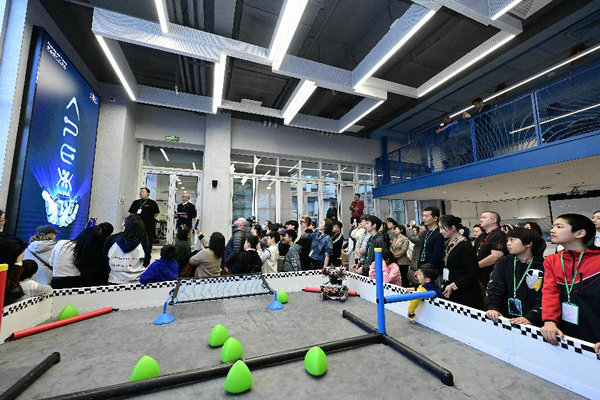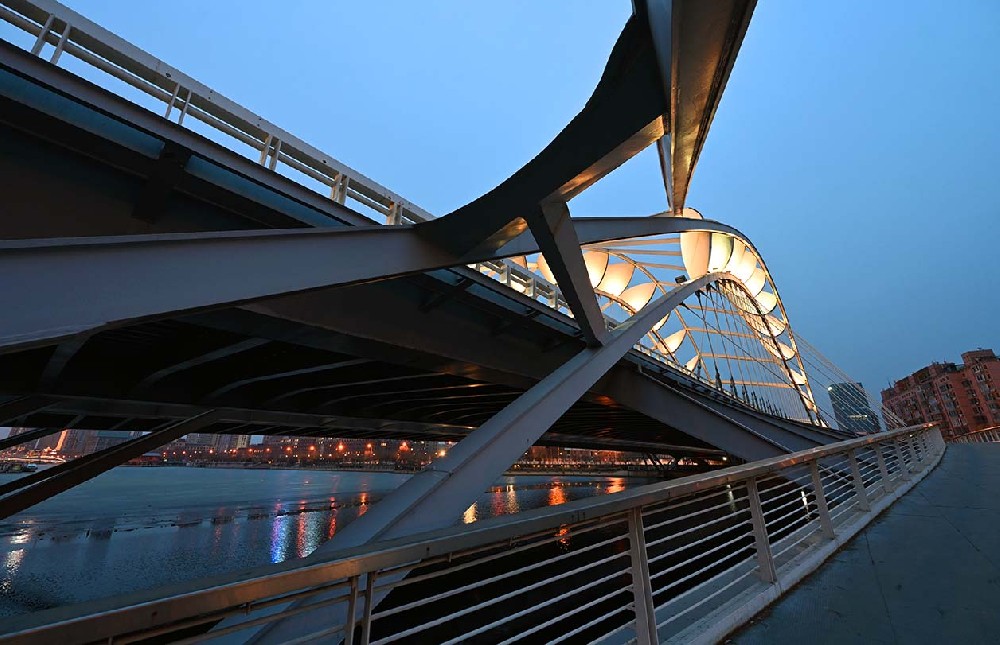- Guizhou Plum Blossom Garden opens to public for flower season
- Special fairs with bountiful supplies staged across Guiyang as Spring Festival approaches
- Guiyang airport sets new record for passenger throughput over Spring Festival holiday
- 2024 Guiyang Marathon to kick off in June
- Perfect winter snack: Guiyang rice noodle
- Fantastic Nanjing: City of Literature
- TouchNanjing | Sharing session of "2023 Fantastic China Touch Nanjing"!
- TouchNanjing | The "2023 Fantastic China Touch Nanjing" has been inaugurated!
- TouchNanjing | Colorful itineray of "2023 Fantastic China Touch Nanjing"!
- TouchNanjing | "2023 Fantastic China Touch Nanjing" in-depth citywalk of Nanjing!
The Rebirth of Jinan’s Xiaoqinghe River
The largest inland river project in the history of Shandong has a total length of 169.2 kilometers and a total investment of 13.6 billion yuan. The project was officially launched in 2020 and is now fully navigable. What is remarkable is not only its huge amount, but also Shandong's long-standing "water transportation dream" carried behind it.
Shipping on the Xiaoinghe River brings prosperity to the city. This important plan not only added a new inland waterway that connects rivers and sea, but also helped building the Maritime Silk Road in Shandong. In the future, Xiaoinghe River will join the Maritime Silk Road by connecting other coastal ports in the province, which will help developing the economy of the hinterland and achieving the prosperity of the river banks.
How did the transformation happened? Let’s use the satellites and go back to the old times to witness the rebirth of this ancient river in every detail such as the infrastructure, changes of the river banks, and the environmental decoration.
The main urban port of Jinan Port, which is the first port among many ports along the Xiaoinghe River, is the starting point of the resumption project.
Expanding the river is an important part of the restoration project.
The resumption project is built based on the waterway building standard of class III. The whole route of the resumption part has been widened, which allows ships from both directions to pass through the river at the same time.
The Jinjiayan navigation lock is located in Gaoqing County of Zibo, and is the hub of the route of the Xiaoinghe River. It is the first inland navigation lock in China and one of the largest inland navigation locks at present.
On July 1st, the vessel called Luqing 101 sailed towards Yangkou Port in Weifang from Boxing Port on the Xiaoinghe River, which marked the first full line trial with unloaded ship of the river.
For inland cities, seizing the dividends of marine economic development through inland ports means opening a new door to regional economic development.
“One vertical route and two horizontal routes”and "one trunk and multiple branches", with planning and construction of high-level waterway networks like these, as well as the layout of inland ports, Shandong will also promote the joint of the Qinghe River and the Beijing Hangzhou Canal to truly form a river to sea inland waterway network in the future.






